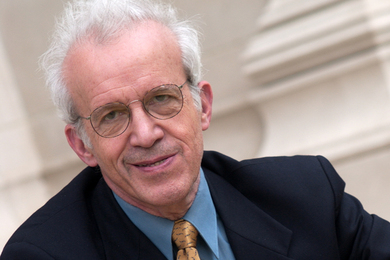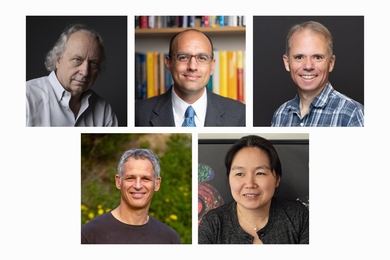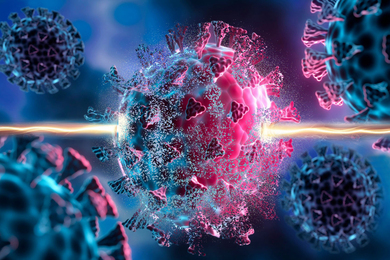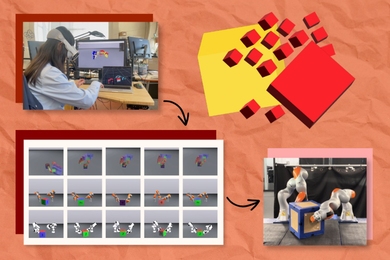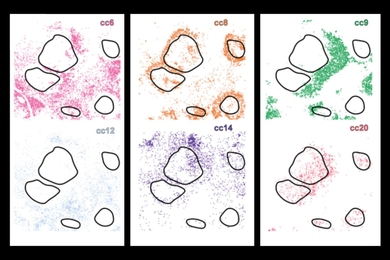Five MIT faculty members are among the 72 newly elected members and 18 foreign associates of the National Academy of Sciences--an honor that recognizes their distinguished and continuing achievements in original research.
Election to membership in the National Academy of Sciences (NAS) is considered one of the highest honors in American science or engineering. Those elected today bring the total number of active members to 2,025.
The NAS is a private organization of scientists and engineers dedicated to the furtherance of science and its use for the general welfare. Established in 1863, it acts as an official adviser to the federal government, upon request, in any matter of science or technology.
The new NAS members from MIT are:
Tania A. Baker, Whitehead Professor of Biology and a Howard Hughes Medical Institute investigator.
Baker, an international leader in DNA replication and transposition, focuses on the mechanism and regulation of two classes of proteins. DNA transposition is the process by which a special segment of DNA embedded in a chromosome is excised from one site and inserted in a new location.
Moungi G. Bawendi, professor of chemistry.
Bawendi's research involves the study of the physical chemistry of materials. His focus is on nanometer-size fragments of semiconducting inorganic solids that contain tens to thousands of atoms (also known as nanocrystallites). In addition to being interesting from a fundamental science viewpoint, materials in this size region may have a number of technological applications. For example, semiconductor nanocrystallites could be useful in optical devices.
Kerry A. Emanuel, the Breene M. Kerr Professor of Meteorology in the Department of Earth, Atmospheric and Planetary Sciences.
Emanuel is interested in the dynamics and climate of the tropics, with a particular focus on hurricanes and certain circulations in the near-equatorial atmosphere. His current research involves theoretical and modeling studies of air-sea interaction in tropical cyclones, coupled atmosphere-ocean models of hurricanes, the dynamics of cumulus convection and large-scale circulations, and the control of atmospheric water vapor by convection.
Silvio Micali, professor of computer science in the Department of Electrical Engineering and Computer Science.
Founder of the algorithmic theory of pseudorandomness and co-inventor of zero-knowledge proofs, Micali is interested in cryptography, secure protocols and their applications to electronic commerce.
Peter H. Schiller, the Dorothy W. Poitras Professor of Medical Engineering and Medical Physics in the Department of Brain and Cognitive Sciences.
Research in Schiller's laboratory is concerned with the manner in which information is processed in the mammalian visual and oculomotor systems. Several parallel neural channels contribute to the computational processes underlying vision and visually guided eye movements. The central goal of this work is to characterize these channels and assess their mode of action at various levels of the central nervous system.
